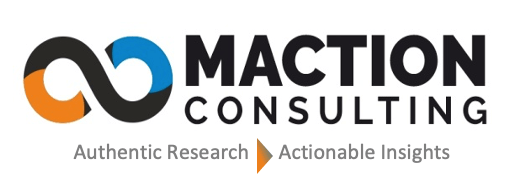The majestic landscapes of Himachal Pradesh, a traveler’s paradise of mountains and valleys, have recently faced the devastating force of nature. Beyond the physical damage, the recent floods have deeply impacted the tourism sector, a cornerstone of the state’s economy. The key to its recovery lies not just in rebuilding roads but in understanding and rebuilding consumer sentiment. This is where data-driven insights, particularly through sentiment analysis, become invaluable.
The digital world offers a real-time window into public perception. A quick scan of platforms like X (formerly Twitter) and Instagram reveals a dramatic shift in how people view Himachal Pradesh. Before the floods, posts were filled with images of serene hikes and peaceful retreats. Now, the conversation is dominated by reports of stranded tourists and damaged infrastructure, painting a picture of risk and uncertainty. A simple sentiment analysis of these online conversations would likely show a sharp increase in negative keywords like “unsafe,” “canceled,” and “dangerous.” This shift in language directly reflects a decline in public confidence.
Online review sites like Trip Advisor and Google Reviews tell a similar story, but with a more personal touch. By comparing reviews from before and after the floods, we can see a change in traveler priorities. Pre-flood reviews praised hospitality and scenic beauty. Post-flood reviews, however, often focus on logistical nightmares—unreachable destinations, sudden cancellations, and a sense of unease. This decline in positive reviews directly correlates with a drop in tourism revenue, a clear signal that perception and economic reality are intertwined.
The numbers don’t lie. A comparison of tourism revenue data before and after the floods would show a significant slump. This isn’t just about the state’s tourism board; it’s about the livelihoods of thousands of locals—from guesthouse owners and guides to taxi drivers and shopkeepers. The challenge for the Himachal Pradesh Tourism Board is to use this data to rebuild trust and create a clear path to recovery.
Case Studies in Resilience
Looking at how other regions have handled similar crises can provide a roadmap.
Case Study 1: The Uttarakhand Floods of 2013
The devastating floods in Uttarakhand nearly a decade ago serve as a powerful lesson. The initial public sentiment was overwhelmingly negative, leading to a severe drop in tourism. The tourism board responded by focusing on a narrative of resilience. They launched targeted campaigns highlighting the restoration of key pilgrimage sites and the safety of accessible areas. By using testimonials from early visitors and leveraging positive media coverage, they gradually shifted the public conversation. Sentiment analysis over time showed a slow but steady increase in positive mentions, proving that consistent, strategic communication can turn the tide.
Case Study 2: The Kerala Floods of 2018
Kerala, a state heavily reliant on tourism, faced a similar crisis in 2018. The immediate aftermath saw a flood of negative sentiment and a wave of cancellations. The response was swift and proactive. The Kerala Tourism Department launched the “Kerala is Back” campaign. They used social media to show real-time recovery efforts and showcased unaffected areas. By collaborating with travel influencers and journalists, they countered the negative narrative with authentic, positive stories. This quick action helped restore tourist confidence faster than expected, demonstrating the power of a well-executed marketing plan based on transparency and proactive engagement.
A Path Forward for Himachal Pradesh
For Himachal Pradesh, the path to recovery involves more than just physical repairs. It requires a data-driven approach to marketing. The tourism board must use insights from sentiment analysis to understand what tourists are truly concerned about. Are they worried about road safety? Are they unsure which areas are open? The answers to these questions will inform their strategy.
Marketing campaigns should be transparent, showcasing the areas that are safe and ready for visitors. Highlighting the resilience of local communities and promoting responsible tourism can attract a new kind of traveler—one who values authenticity and sustainability. By learning from past examples and focusing on rebuilding trust, Himachal Pradesh can move from surviving the storm to thriving once again.


